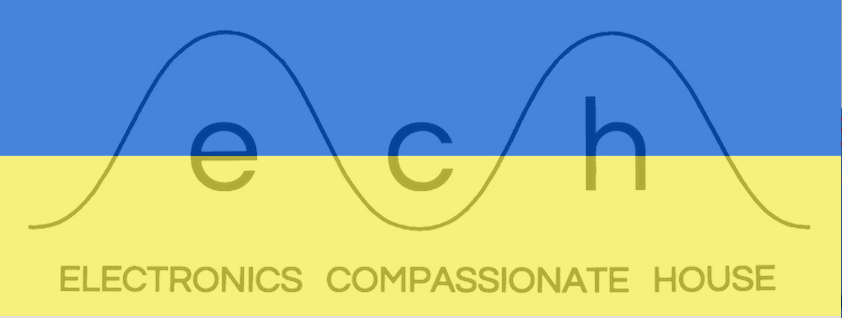 |
| Rhodes Mark 1 Stage-Piano knobs and tines |
The same customer as the Wurlitzer also brought me a Rhodes Mk 1
Stage piano with a few dead keys and poor tone. I was able to replace a
tine with a spare that came with the original purchase and adjust the
escapement enough to prevent the others from sticking (two hammers were
missing the tines and binding). There also seemed to be a problem with the pick-up wiring and there was a dead range in the second octave. I checked against the original manual specs and opened one link between two coils (which two I can't recall). There was a group of 12 pickups when there should have been 2 sets of 6.
 |
| Rhodes Pick-Ups |
 |
| Rhodes under the hood |
Back for more and saving the worst for last, the same fine customer brought me a Rhodes Suitcase Piano
(keyboard only, no amp) that was suffering from a condition described
as "rattly bones". This was due to the decay of all the hammer cam felts
(it was an April 1975 model with felt on the cams rather than
pedestals). It was unplayable - the action was loose and inconsistent
and the keys in the middle octaves bounced and clacked. I removed all
the old felt and cleaned the cams and then installed new Steinway piano
felt on the pedestals.
I did not do the "miracle mod" suggested by the
Rhodes manual as the geometry of the hammers/cams was not ideal and I
was afraid it would interfere with the stop-lock position (i.e. the
action would be even more bouncy). New lubed felts fixed the main
problems, and escapement adjustments via harp shims (replacing the
stacks of quarters I found) tightened it right up. This Rhodes was set
up to be light and fast and it came out nice. As an organ player more
than a piano player I prefer this type of action and the customer
agreed, but this is a matter of taste. I believe that many Rhodes owners
want to adjust the "key-dip" (how far a key will go down when struck)
hoping to tighten the feel, but what they really want is less
"lost-motion" which can be achieved by increasing the escapement. The
Rhodes is an astonishing display of geometry and any adjustment must be
accounted for by adjusting something else but a balance can be struck.
I
also replaced all the damper felts which were original and much worn.
These repairs necessitated removing basically everything from the case
and then reinstalling, which was a lovely opportunity to get fully
acquainted with the details of this particular instrument. The felt
replacement and escapement adjustments were naturally followed by fine tweaks of tone and volume and tuning. This project was only steps away
from a full restoration and was very satisfying. The customer response
was "Nice work dood!" which I take as five stars.
*more pics to follow if I remembered to take any while working


